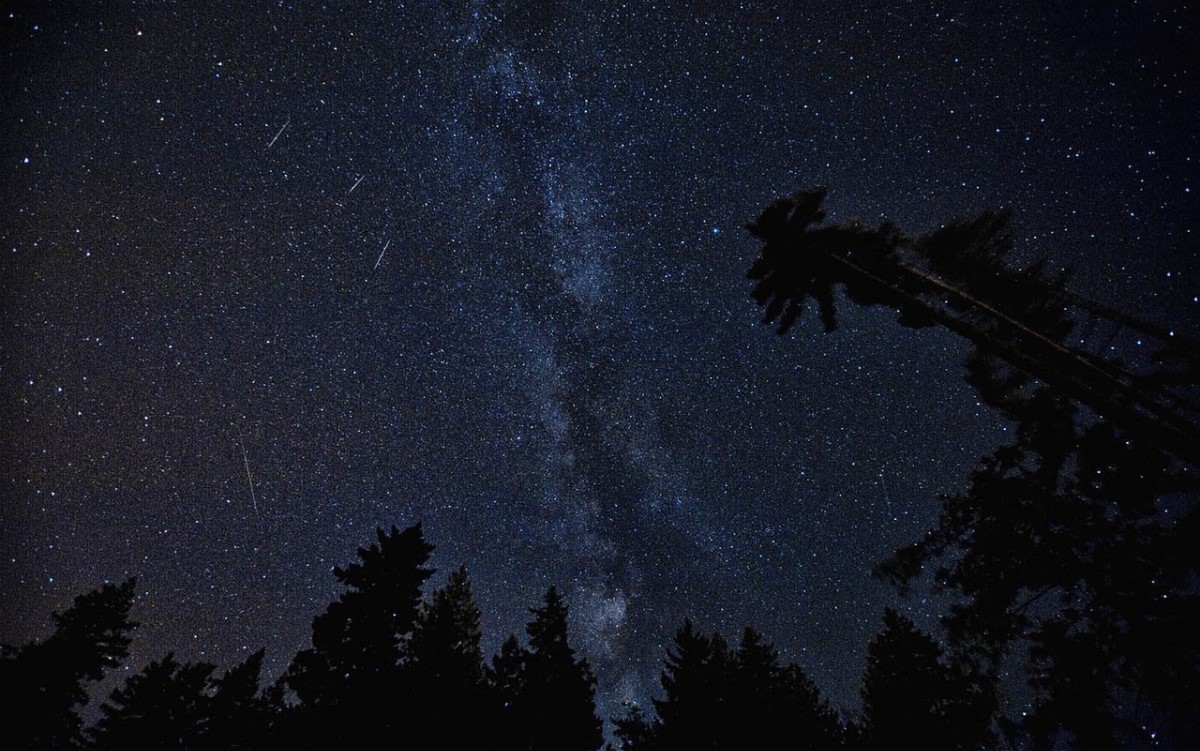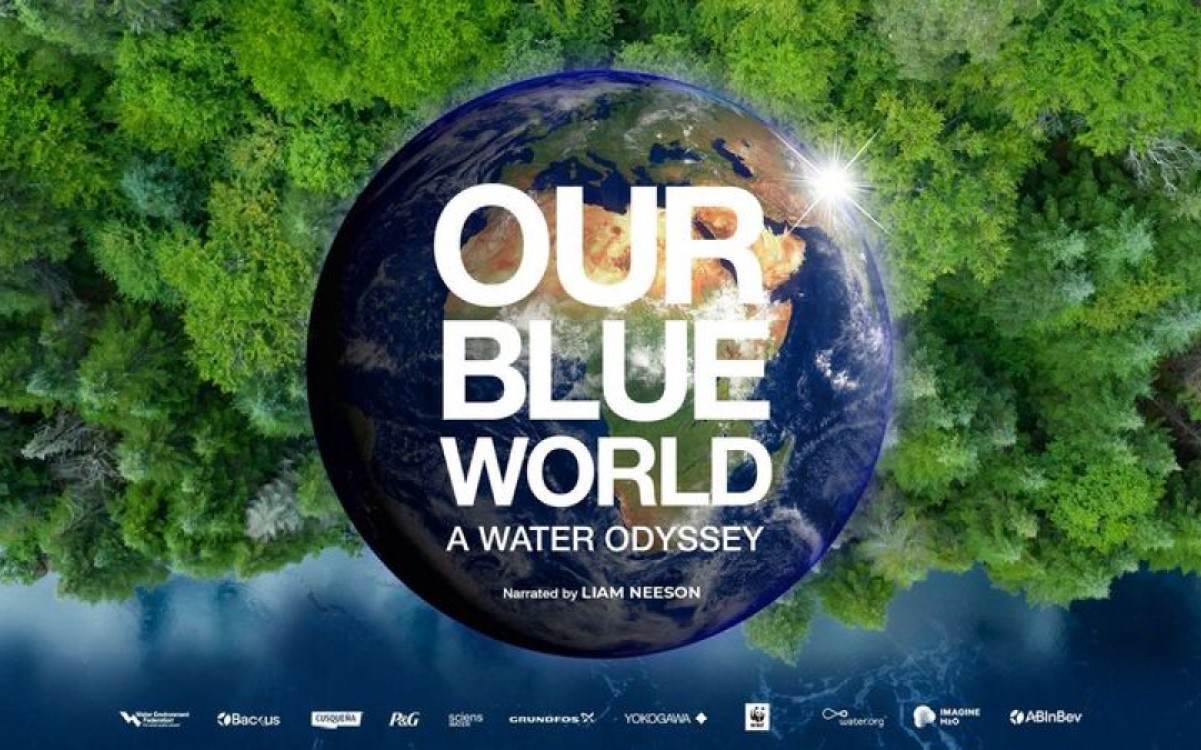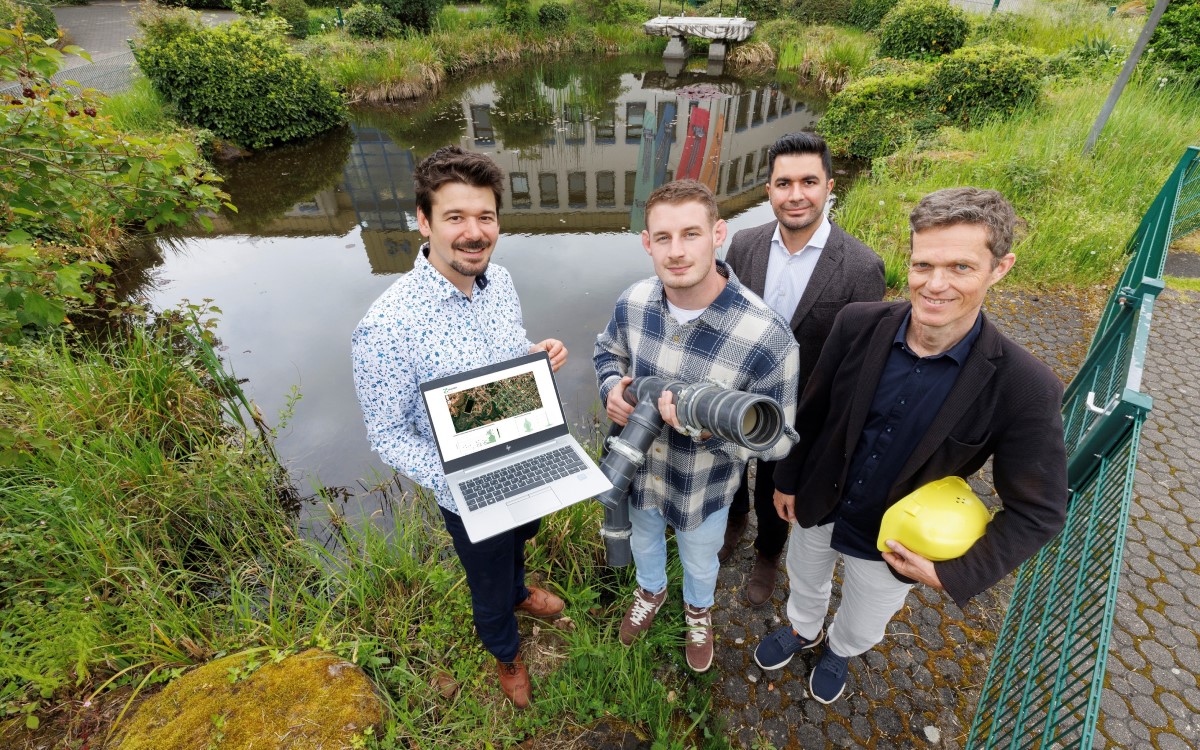06. November 2023 ǀ Dr. Alice Stephant, an astrophysicist, is challenging the long-standing assumption that water on Earth originated from a unique series of galactic events, suggesting instead that the chemical components of water may have come from the giant cloud of dust and gas that gave birth to our solar system.
Astrophysicist Dr. Alice Stephant is at the forefront of a groundbreaking study that challenges the long-held belief about the origin of Earth’s water. Previously, it was assumed that the water, which covers 70% of our planet, was a result of a unique sequence of galactic events billions of years ago and was likely scarce or non-existent on other planets.
Unveiling the cosmic origins: Dr. Stephant’s groundbreaking research on water
Working at the National Institute of Astrophysics in Rome, Dr. Stephant has proposed a new theory. Her research suggests that the elements of water – hydrogen and oxygen – could have originated from the vast dust and gas cloud that birthed our solar system. This implies that if water could form directly from this cloud, it might be ubiquitous throughout the universe.
As Dr. Stephant puts it, ‘Maybe this way of bringing water to a planetary body can occur in any other solar system.’
Dr. Stephant led a research project named POSEIDON, funded by the EU, which aimed to trace the origins of Earth’s water. The team focused on the chemical composition of a specific type of meteorite, primitive achondrites, and concluded their study in January 2023 after 29 months.
The birth of our solar system around 4.5 billion years ago from a swirling nebula, and the subsequent formation of planets, moons, and other celestial bodies, is a significant part of this study. Among these celestial bodies, primitive achondrites, remnants from the early solar system, are of particular interest as they provide vital clues about the source of water on Earth and other planets.
In a significant discovery, Dr. Stephant identified a new group of primitive achondrites, expanding the known groups from two to three. This new group, distinguished by its unique oxygen isotopic composition, suggests that these meteorites originated from different materials in the early solar system and contain a different hydrogen isotope. This discovery supports the idea of multiple sources of water, increasing the likelihood of water existing on other planets in the universe.
Decoding the cosmic puzzle: The origins of water and volatile elements
Astrophysicist Dr. Alice Stephant has identified a new group of meteorites, suggesting that water on Earth may have originated from multiple sources in the early solar system, not just one. She posits that the components of water could have been present in the earliest building blocks of planets, increasing the likelihood of water existing on other planets in the universe.
Meanwhile, Dr. Sandrine Péron, a geochemist at ETH Zürich, is studying noble gases in the Earth’s crust to understand the origins of Earth’s volatile elements. Her research focuses on the isotopes of krypton and xenon, which were brought to Earth along with water and other volatile elements. These isotopes retain ancient chemical fingerprints, providing clues about the early solar system. Péron’s project, VolatileOrigin, is examining meteorites and the Earth’s mantle for krypton anomalies, which could provide further insights into the early phases of the solar system’s formation.
Research in this article was funded by the EU via the Marie Skłodowska-Curie Actions (MSCA). The views of the interviewees don’t necessarily reflect those of the European Commission.
Learn More






